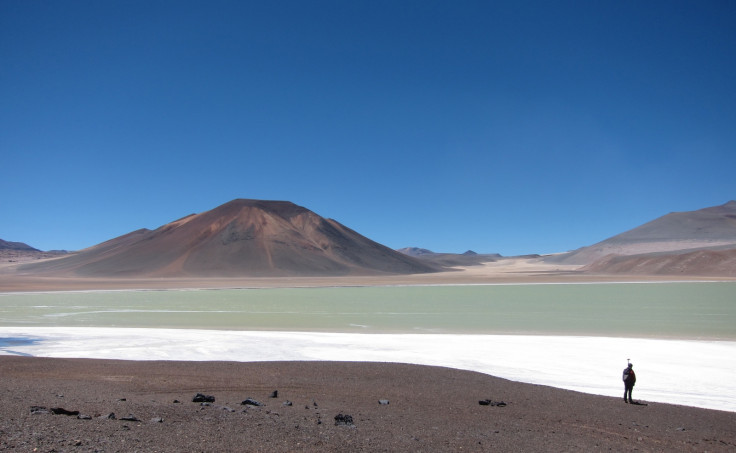A plateau in the Andes is sitting on the world's biggest pool of magma
The underground pocket of magma is still pushing the dome even higher today.

The largest pocket of molten rock on Earth has driven up a region in the Andes to form the world's second highest continental plateau. The body of magma is more than a kilometre deep and hundreds of kilometres wide.
This magma has thickened the Earth's crust to create the plateau, according to a paper published in the journal Nature Communications. The underground magma pool spans parts of three countries —Argentina, Chile and Bolivia — giving rise to the Altiplano-Puna plateau.
Under this plateau, high pressures have pushed up the magma, injecting it into the Earth's crust. This has gradually thickening it over a period of millions years, the authors say. This action has contributed to roughly a fifth of the rise of the Altiplano-Puna plateau. The rest is caused by volcanic activity fuelled by the collision of two tectonic plates at the western edge of South America.
"The dome is the Earth's response to having this huge low-density magma chamber pumped into the crust," said Noah Finnegan, associate professor of Earth and planetary sciences at the University of California, Santa Cruz, in the US.
The magma body, 10 to 20 kilometres beneath the plateau, is still active, researchers say. It had been estimated in size previously, but this paper is the first to make the link between the magma below and the Altiplano-Puna plateau above.
The researchers mapped the extent of the magma body and how it corresponded to the dome in the Andes. They found that the size and shape of the dome mapped quite tightly onto the shape of the magma body beneath it.
"This is giving us a glimpse into the factory where continents get made," said Jonathan Perkins, who led the study as a graduate student at UC Santa Cruz. "These big magmatic systems form during periods called magmatic flare-ups when lots of melt gets injected into Earth's crust. It's analogous to the process that created the Sierra Nevada 90 million years ago, but we're seeing it now in real time."
© Copyright IBTimes 2025. All rights reserved.






















